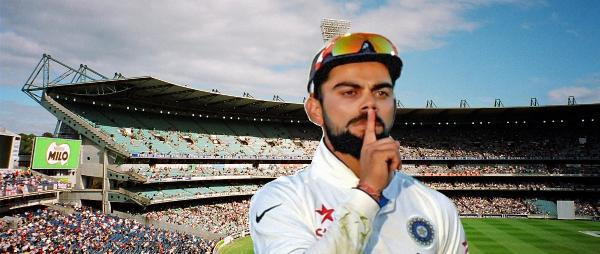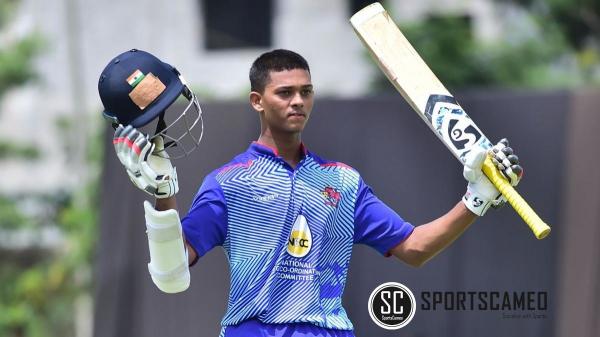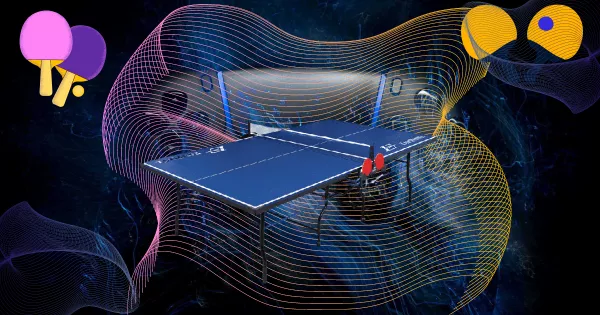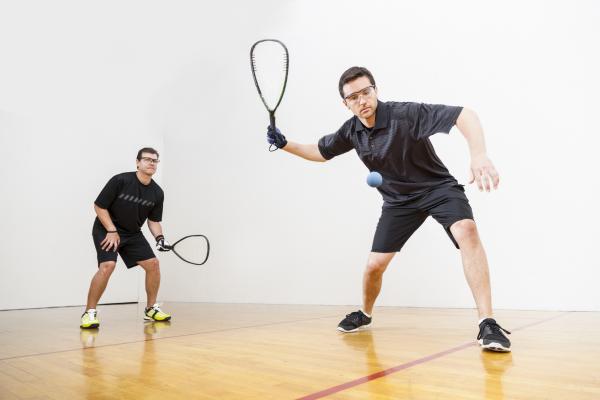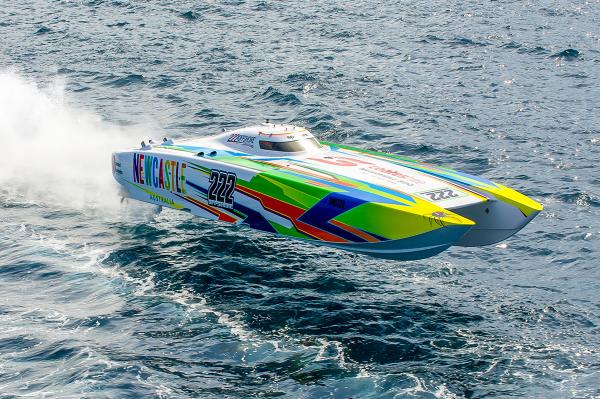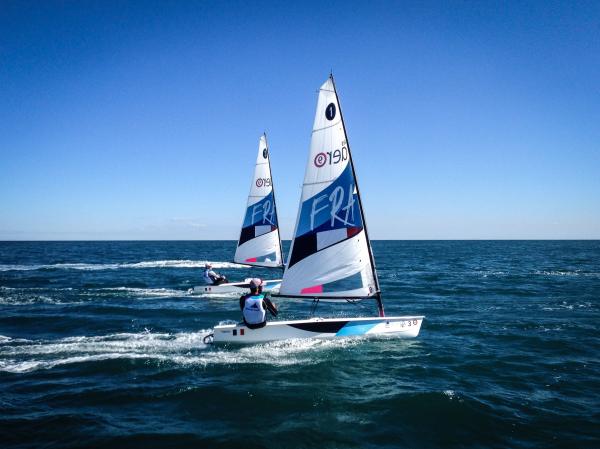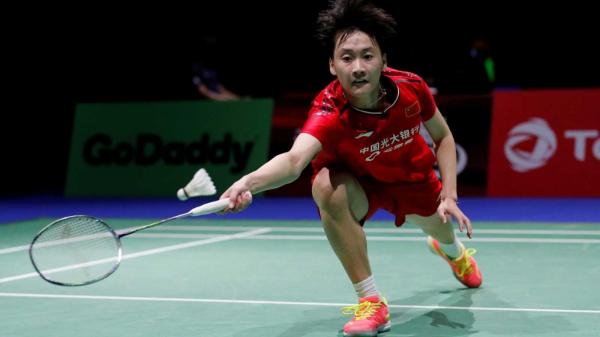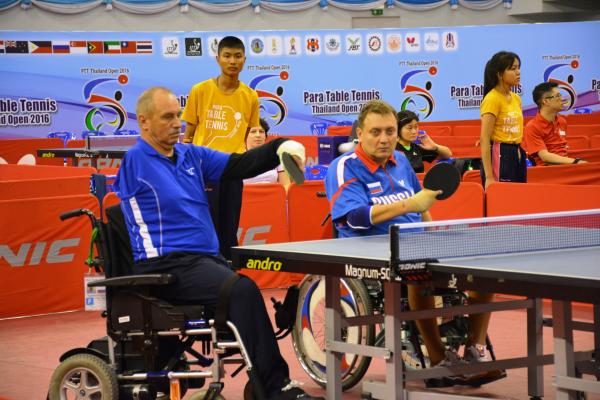Sitting Volleyball
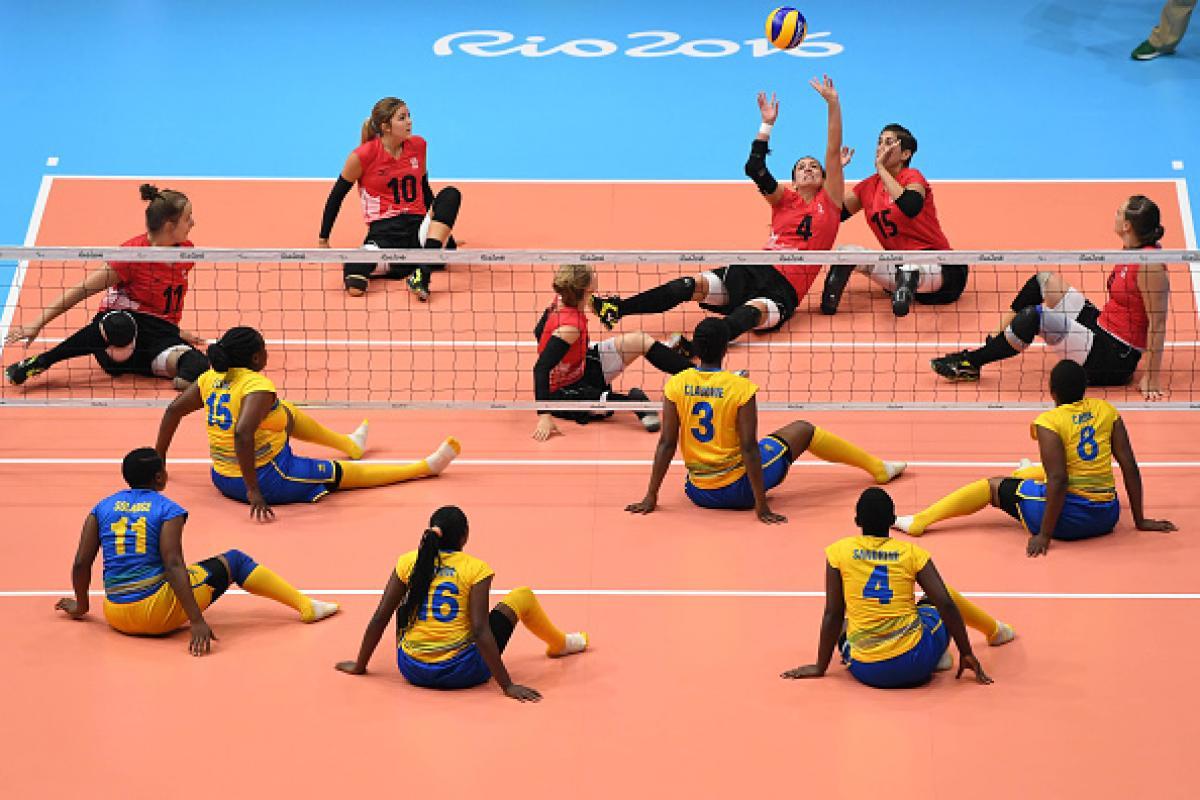
Sitting volleyball (sometimes known as paralympic volleyball) is a form of volleyball for athletes with a disability. In sitting volleyball, a 7 meter-long, 0.8 meter-wide net is set at 1.15 meters high for men and 1.05 meters high for women. The court is 10 x 6 meters with a 2-meter attack line. The rules are the same as the original form of volleyball with the exceptions that players must have at least one buttock in contact with the floor whenever they make contact with the ball and it is also possible to block the serve.[6][self-published source] [7] Athletes with the following disabilities are eligible to compete in sitting volleyball: athletes with amputations, spinal cord injuries, cerebral palsy, brain injuries and stroke. Classifications of these athletes by disability are placed into two categories: MD and D. MD stands for "Minimally Disabled," and D stands for “Disabled.” While Minimally Disabled athletes have lost only a fraction of their muscular strength and flexibility in a joint preventing them from successfully playing standing volleyball, Disabled athletes have lost all of their muscular strength and flexibility in that joint. Only two MD players are allowed on the roster for the Paralympic Games and only one is allowed on the court at a time; this is to keep the competition fair between rival teams. The rest of the team must be classified as D players.
